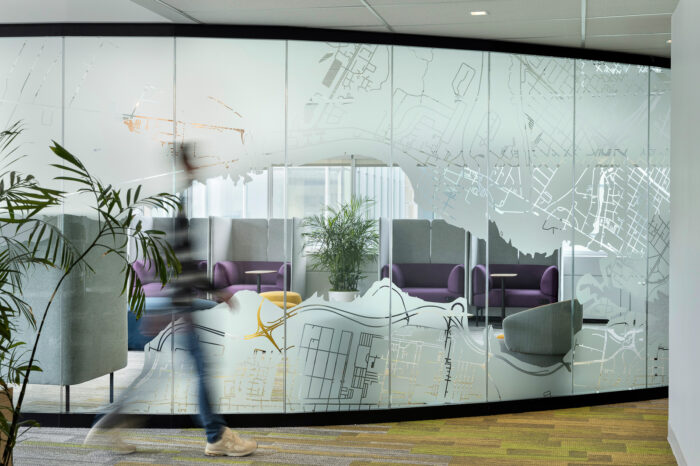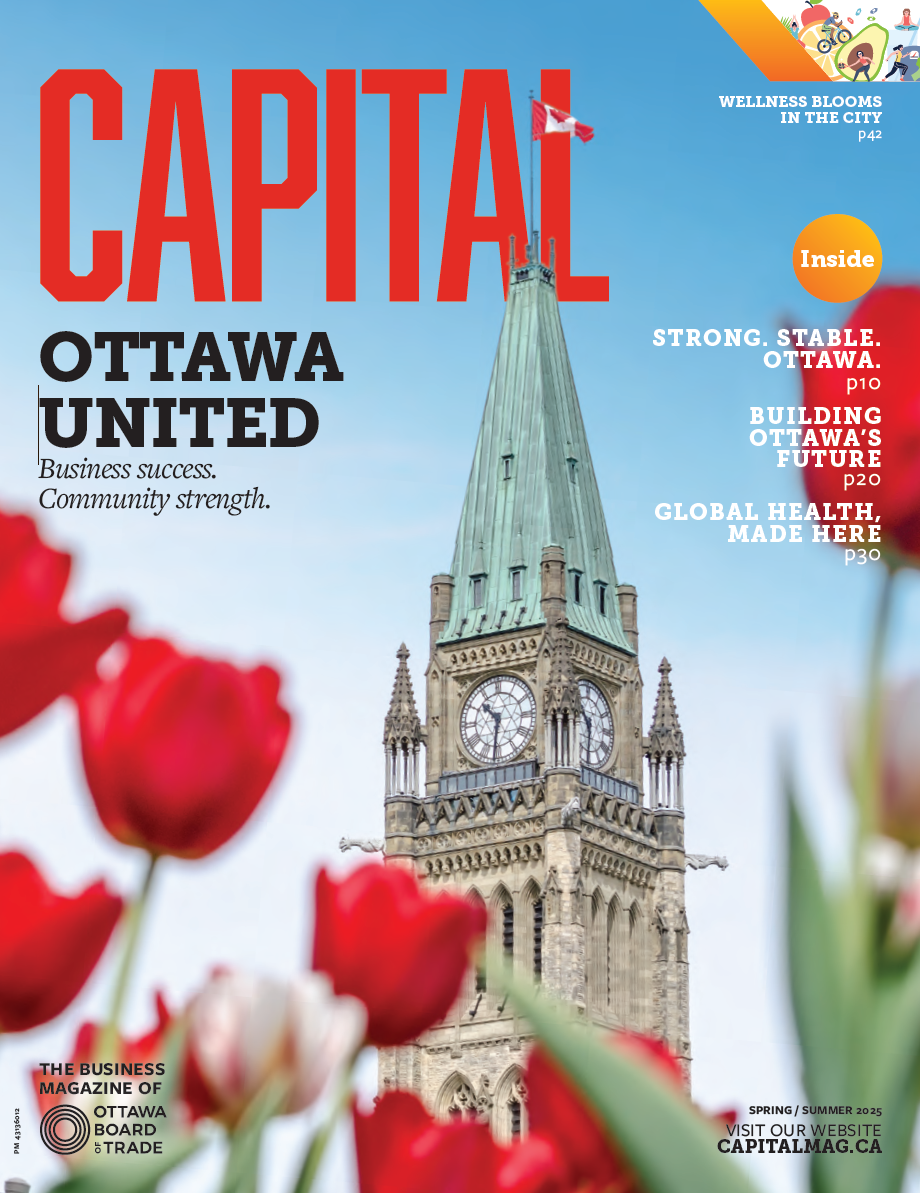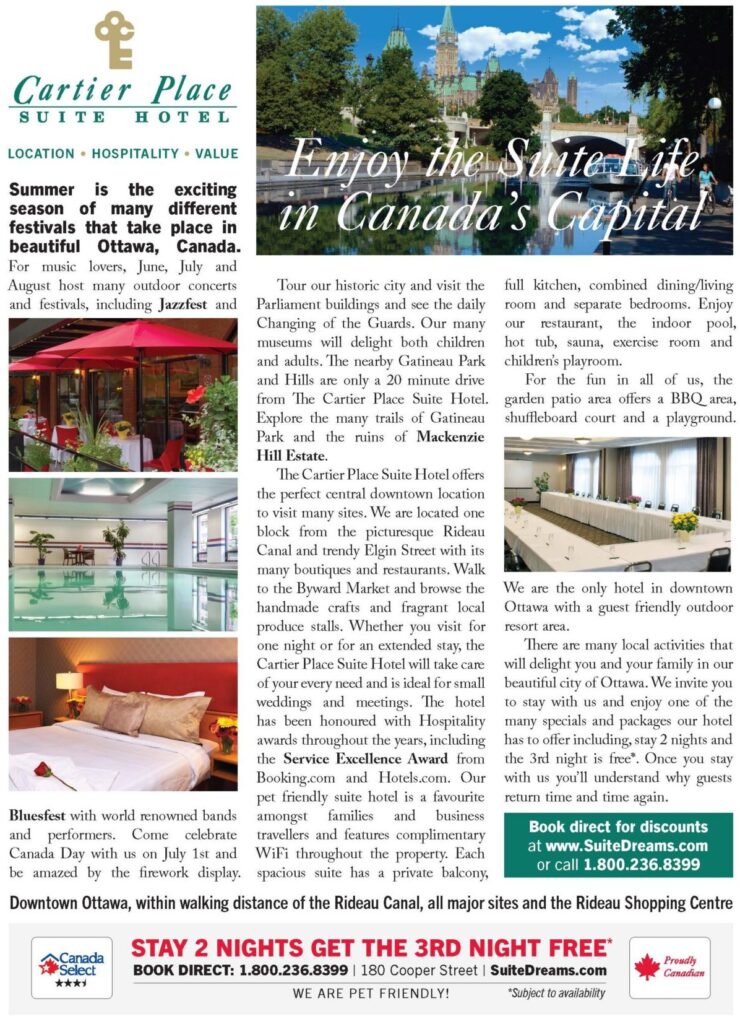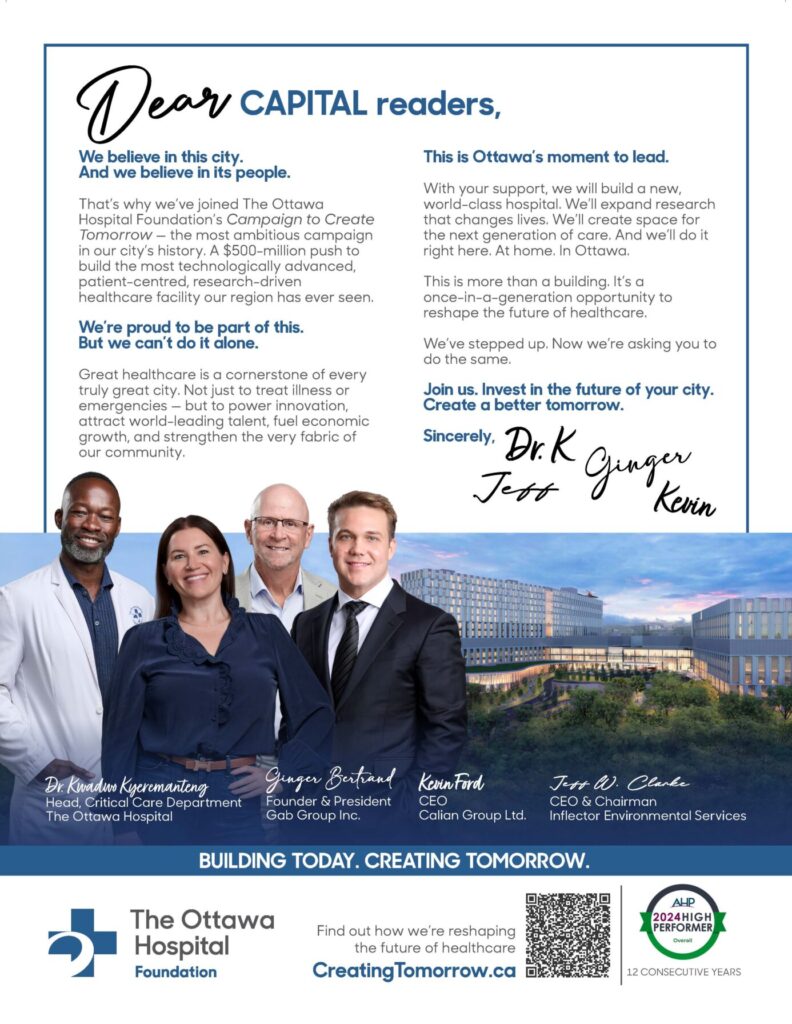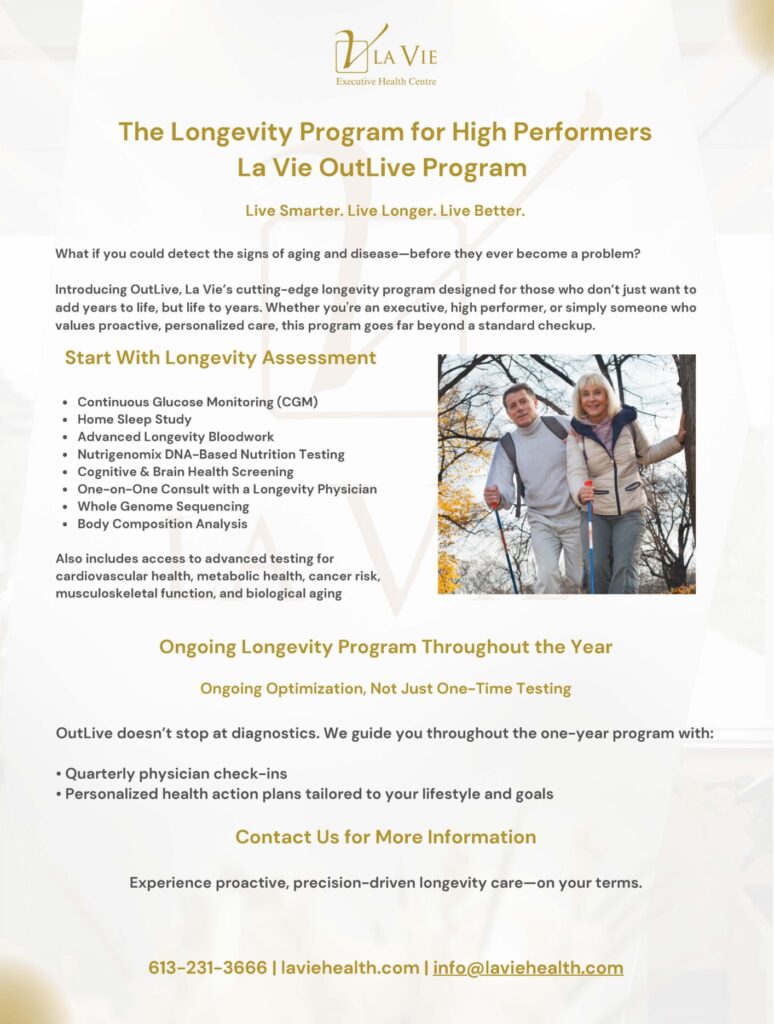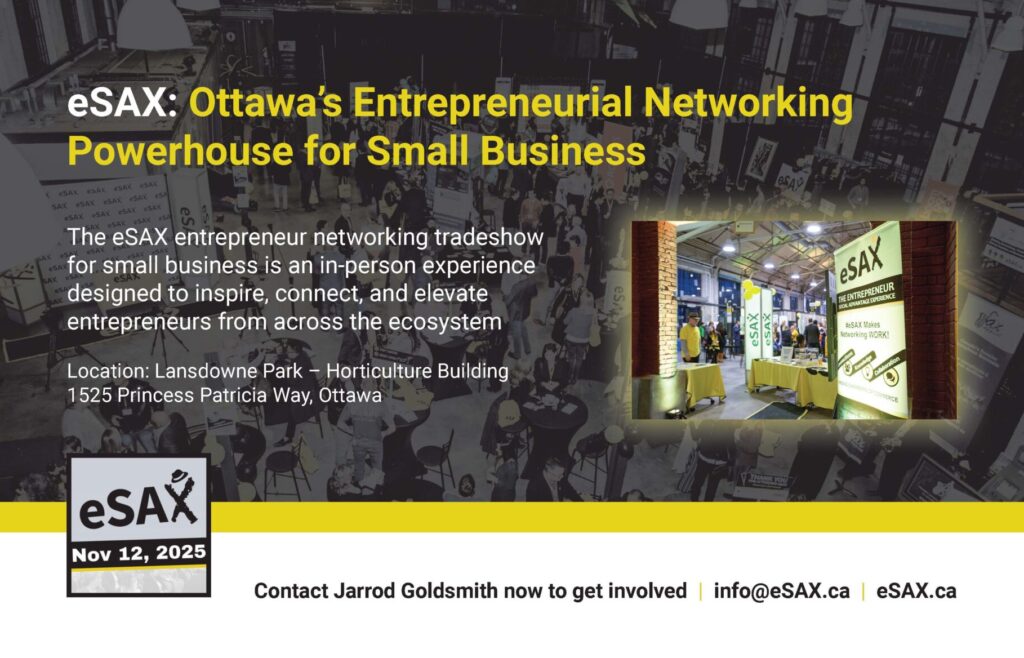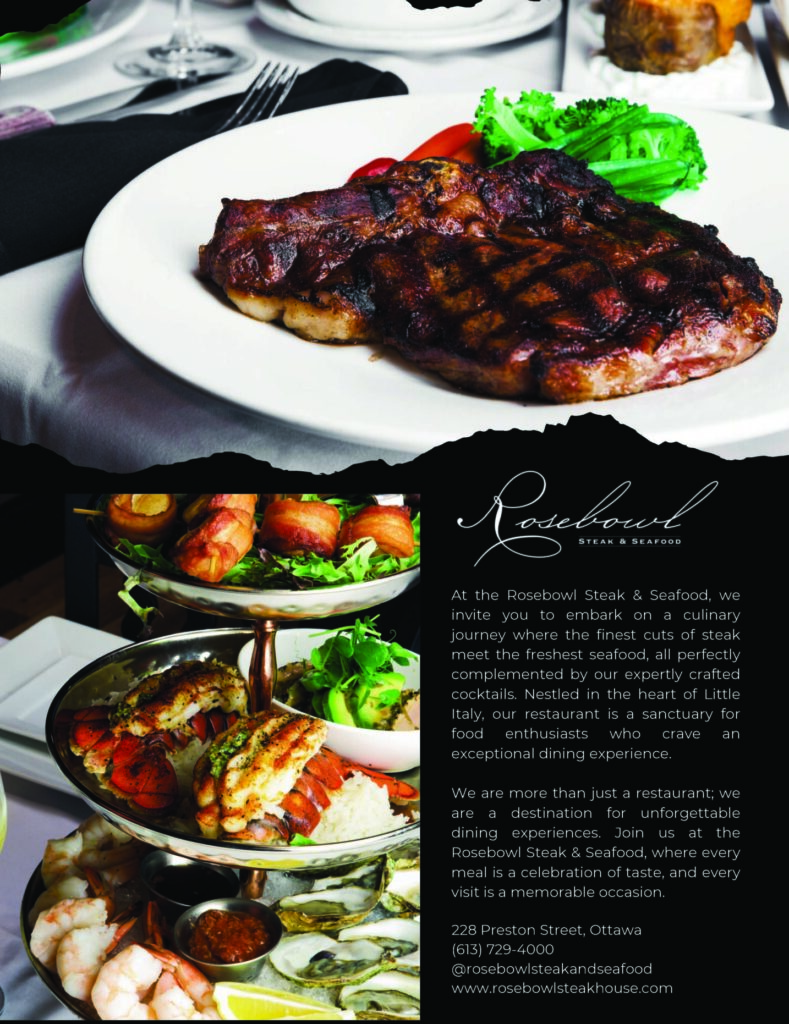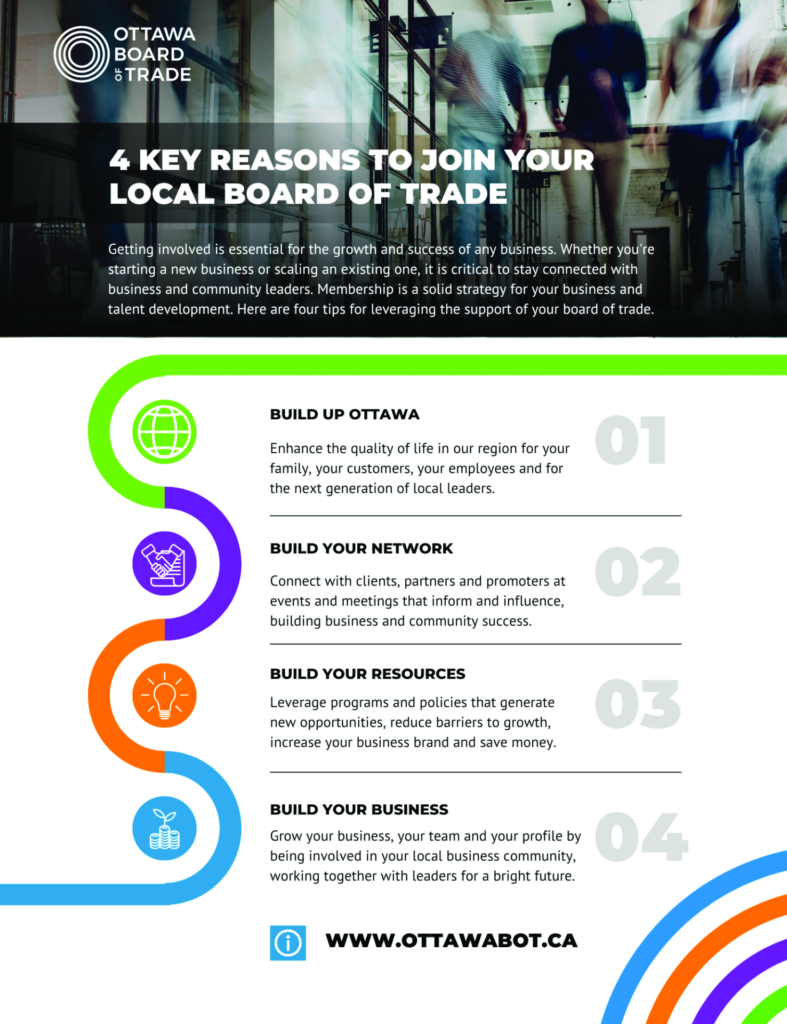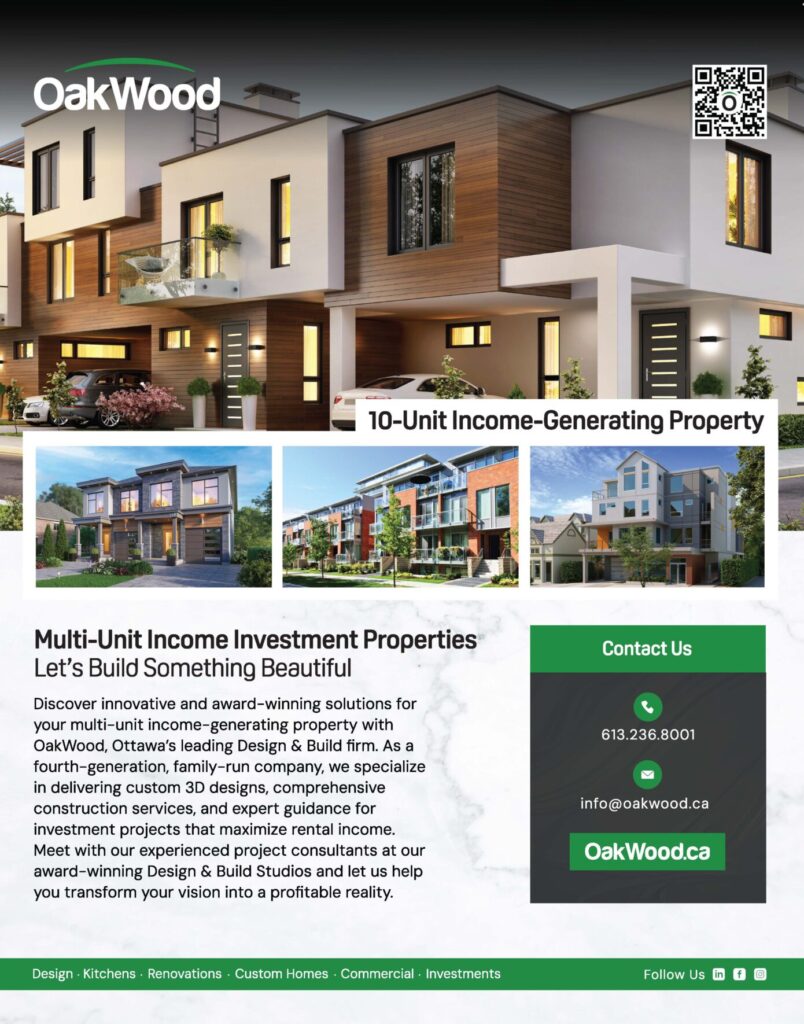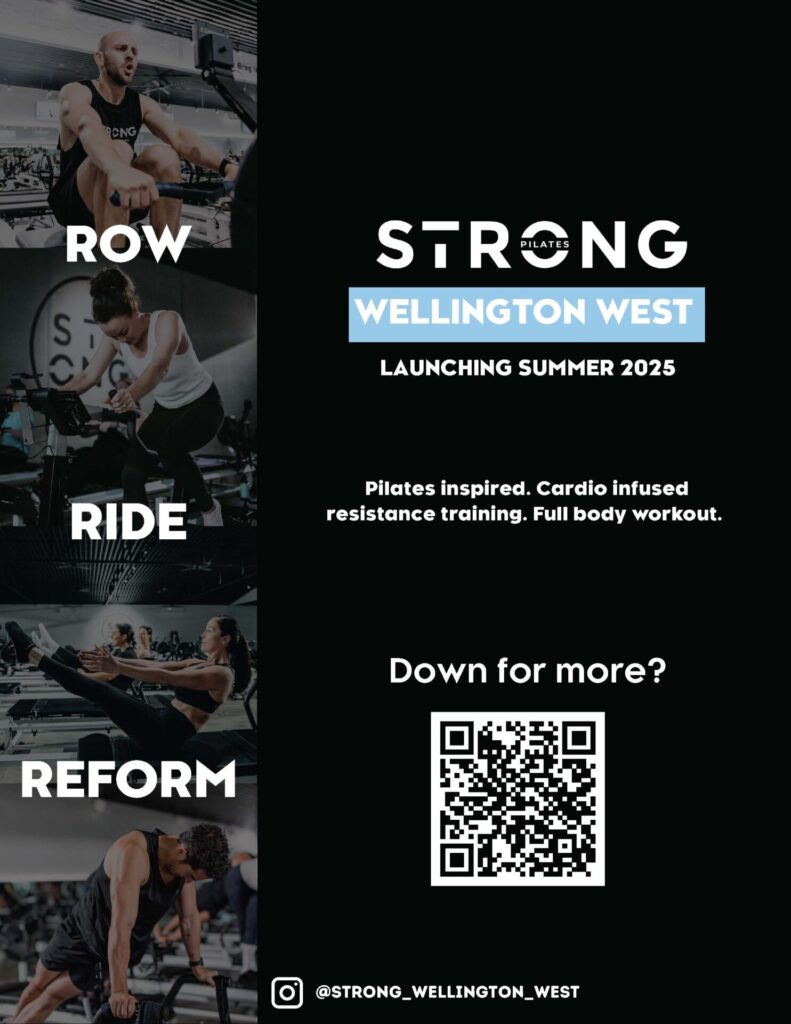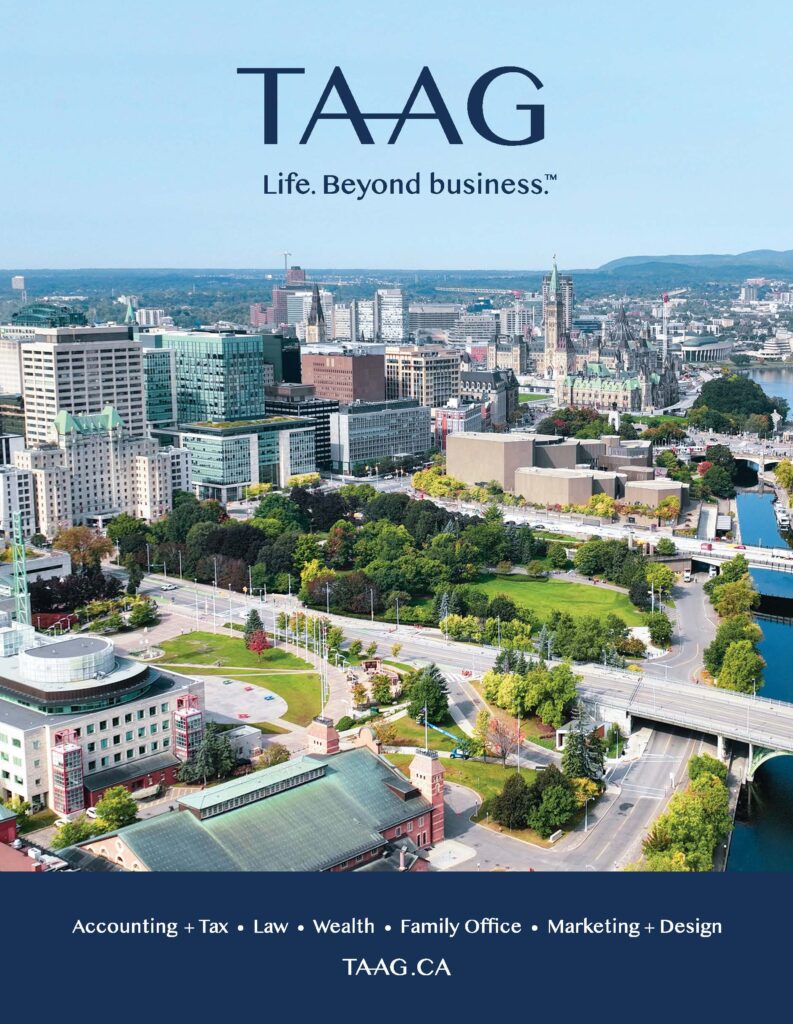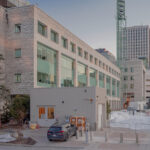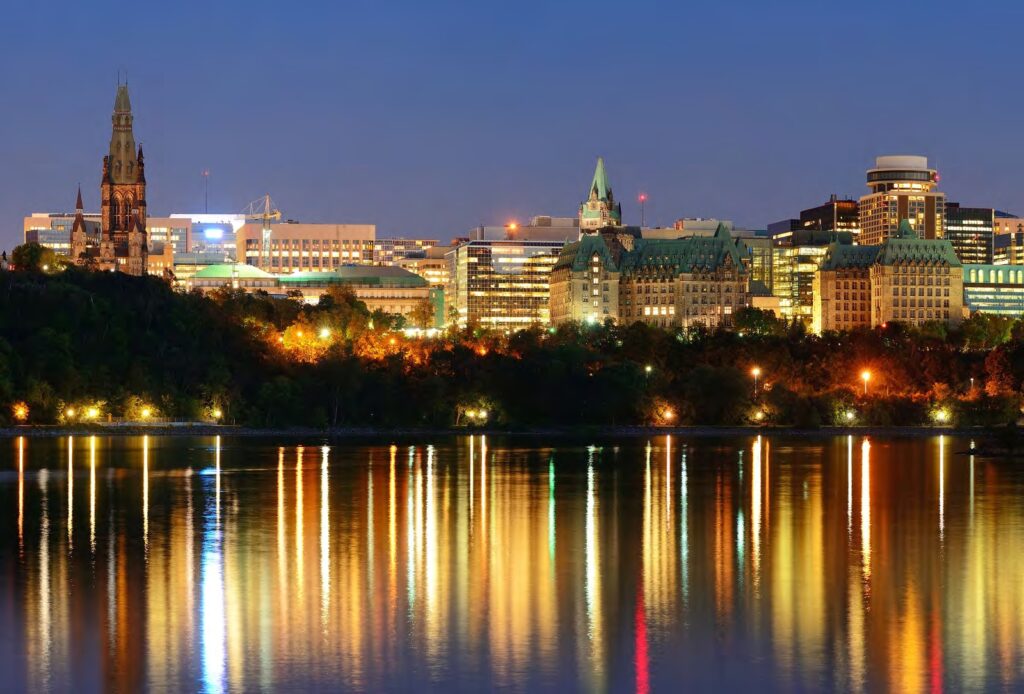Architects DCA Inc.
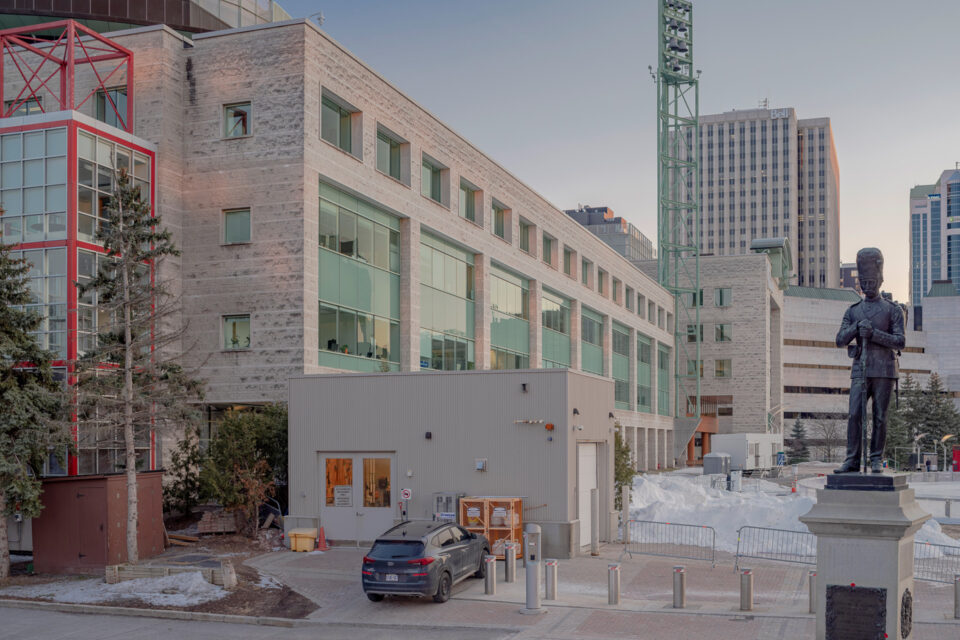
A utilitarian equipment shed mars the otherwise beautiful architecture of Ottawa City Hall, designed as the RMOC HQ by Moriyama Teshima Architects. Lack of basic public infrastructure that is beautiful and enhances our quality of life shows short term thinking and lack of design culture.
OTTAWA ASPIRES TO be one of the best mid-sized cities in North America. We are home to a growing population, a thriving economy and have the privilege of being the national capital of a G7 country.
We’re home to professional sports teams. We have a thriving high-tech sector, beautiful parks, museums and an incredible bounty of natural spaces that improve our quality of life. We are a city of more than a million residents with diverse interests, backgrounds, and cultures.
We’re lucky we have the federal government as a stable employer; we’re also lucky that the federal government provides internationally acclaimed museums, parks, and galleries. Imagine Ottawa without the Rideau Canal, Experimental Farm or Arboretum. This summer, the National Capital Commission (NCC) opened the River House, providing opportunities for swimming in the Ottawa River and expanding their network of pavilions, cafes and placemaking across the city. This showcases the talent of local firms, like GRC Architects, in heritage restoration and adaptive reuse.
Ottawa, the capital, has a lot going for it.
Ottawa, the city, rides the coattails of the federal government, relying on the NCC to fund and create some of our most vibrant public spaces. As a city, we should embrace the efforts the federal government makes to create this much needed space and work collaboratively with the NCC to create a dynamic, vital, thriving city.
If we want Ottawa, the city, to achieve our aspirations, we need to have some difficult conversations about the city we are, the city we want to be, and how we get there. Decades of austerity budgeting, financial waste and poor planning have created significant challenges. We need to make investments in public space to continue attracting talent and improving our quality of life.
Two road widening projects that shave minutes off a car commute could build all the bike lanes our city needs for the next 25 years. In last year’s mayoral campaign this became a lightening rod of contention as being unaffordable, yet we never seem to have the same debate about road widening. Our transit system is facing unprecedented financial trouble, but we seem to plow ahead with road projects as if there is no tomorrow. We should be linking economic health and vitality with public sector investments in complete streets that support active transportation.
These don’t need to be an “either-or” discussion. We can, and should, have a great public transit network. We can also have good roads. We can have both a Central Library and good community centers. We can and should have a thriving ByWard Market; Lansdowne should be a vibrant place for people and our professional teams should have decent stadiums to play in; kids should have good community centres to learn to play sports in. Some of these require difficult conversations.
Everyone in Ottawa should have a safe place to live, one that is affordable and meets their needs. Everyone should have access to transportation of their choice and have a safe way to get around while meeting their daily needs. As a City, we should harness local talent in design, design leadership and innovative construction to create the city we aspire to be.
Everyone in Ottawa should have the opportunity to experience art, music and cultural events to fulfill their needs and lift their spirit. Everyone should have access to a library and community center in their neighborhood. As a City, we should invest in local talent at the micro and macro scale to create a city known for its cultural vitality.
There may be some difficult conversations to be had.

The promise of quality transit infrastructure is questionable with stations orphaned in the middle of highway offramps, lacking pedestrian connection or buildable density nearby.
Our LRT was promised to be a world-class system but has fallen far short of expectations. We need accountability for its letdown and leadership to ensure that phase 2 won’t be the same disappointment. The then City Manager mislead Council; testing criteria were changed; in the words of the LRT Commission, “…without changes to the information-sharing process and a fundamental shift in the approach of senior City staff, the statutory oversight function of Council will be irreparably compromised.” Aside from operational reliability, we should prioritize affordable and high-quality development at LRT stations to create homes, destinations and experiences.
We are, and will be, paying tens of millions of dollars a month for LRT and other P3 contracts until well into 2050. Is this the best choice? Have we received good value for our investment? Research on the important Value-for-Money analysis by Simon Enoch in the Canadian Centre for Policy Alternatives suggests that this isn’t always the case. Similar research by Matti Siemiatycki and Naeem Farooqui makes the argument that P3 projects are politically favorable but overvalue the extent to which risk can be transferred.
By harnessing local talent and expertise, we could create better results and save money in the long run.
Lansdowne Phase 1 lacks sufficient housing density and has poor transit access. That the stadium needs replacing should not be a surprise to anyone. Numerous subcontractors to Lansdowne Phase 1 went bankrupt or lost significant amounts of money due to contractual disputes.
We should be making an investment in Lansdowne: a streetcar from downtown to Billings Bridge would create more sustainable options to get around, better transit and support small businesses in the core of the city. That could spur private and public sector investment in housing and other businesses.
Research, such as that published by the Berkely Economic Review, suggests that public financing of stadiums is expected to yield economic benefits that justify the investment. The Berkeley Report references another study that is worth considering: “…a study by Noll and Zimbalist on newly constructed subsidized stadiums shows that they have a very limited and possibly even negative local impact. This is because of the opportunity cost…. Spending $700 million in areas like education or housing could have long-term positive consequences with the potential for long-term increases in the standard of living and economic growth.”
We need to have a difficult conversation about where we invest and how public dollars can have the biggest impact. Its in the public interest that this be right, fair, and equitable.
Our municipal cultural scene has huge potential. Leaving aside the heavy lifting the federal government provides for Tulip Festival, Winterlude and the federal museums and galleries, our ByWard Market remains a strong tourist destination, as does the Ottawa Art Gallery, local music festivals like CityFolk, BluesFest and other cultural events that celebrate the diversity and culture of Ottawa.
The most recent iteration of a plan for the ByWard Market was at least the fourth plan in the last decade. None of the previous plans were implemented. The current plan, approved by council in February 2021, cost the City $650,000 and implementation of the $129 million project is unfunded. It is contingent on a P3 for the anchor destination, acknowledging a once in a generation opportunity to create an iconic destination building, but proposes no ideas for what to build. There remains no funding for the balance of infrastructure in the proposed plan.

Despite an approved plan, the ByWard Market lacks any funding to invest in a vibrant public space. It remains choked with traffic and parking years after identifying solutions to create places for people.
Discussions about the ByWard Market inevitably leads to discussions about housing and the urgent need to address a crisis in both the unhoused and, more broadly, in the affordable housing sector. We have numerous vacant and derelict properties in our city that could be developed. Our municipal budget for affordable housing is a fraction of our budget for roads (let alone our budget overall) and the waitlist for housing is growing year by year.
We should be investing in the ByWard Market as a key part of our municipal strategy to create a thriving livable city. It is an ideal location for design leadership, public and private investment and harnessing local talent.
We need to have a difficult conversation about who we are building our city for and how we fund those things that a city should provide for its most vulnerable residents.
If our goals are to be a sustainable, equitable city, we need our budget to reflect that. We need to fund transit and make much more significant investments in housing and healthcare. We need to address the quality of public buildings and parks our ancestors invested in before we borrow more from our grandchildren.
We can have nice things; we just need to be prepared to be honest with ourselves about how we pay for them.
